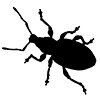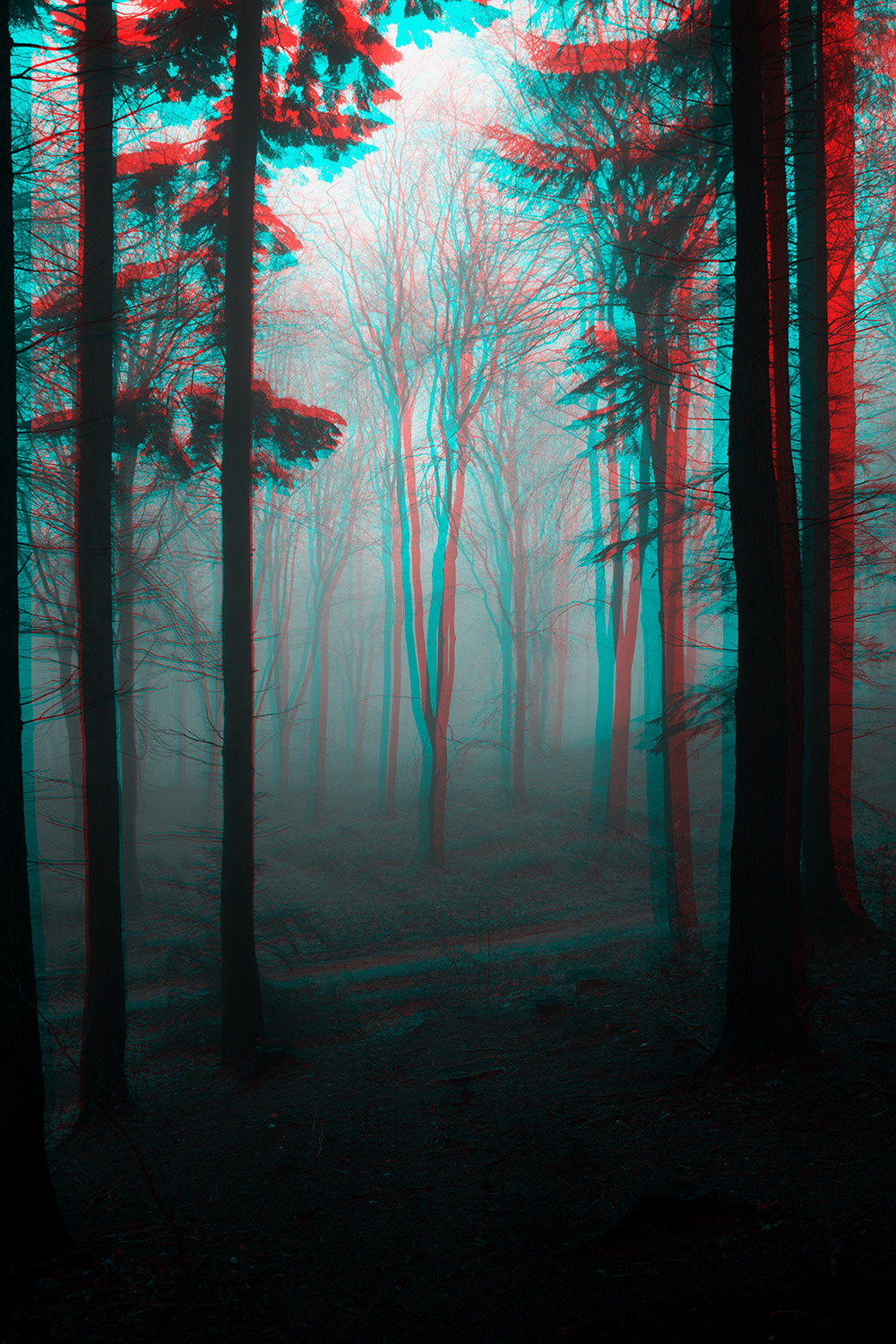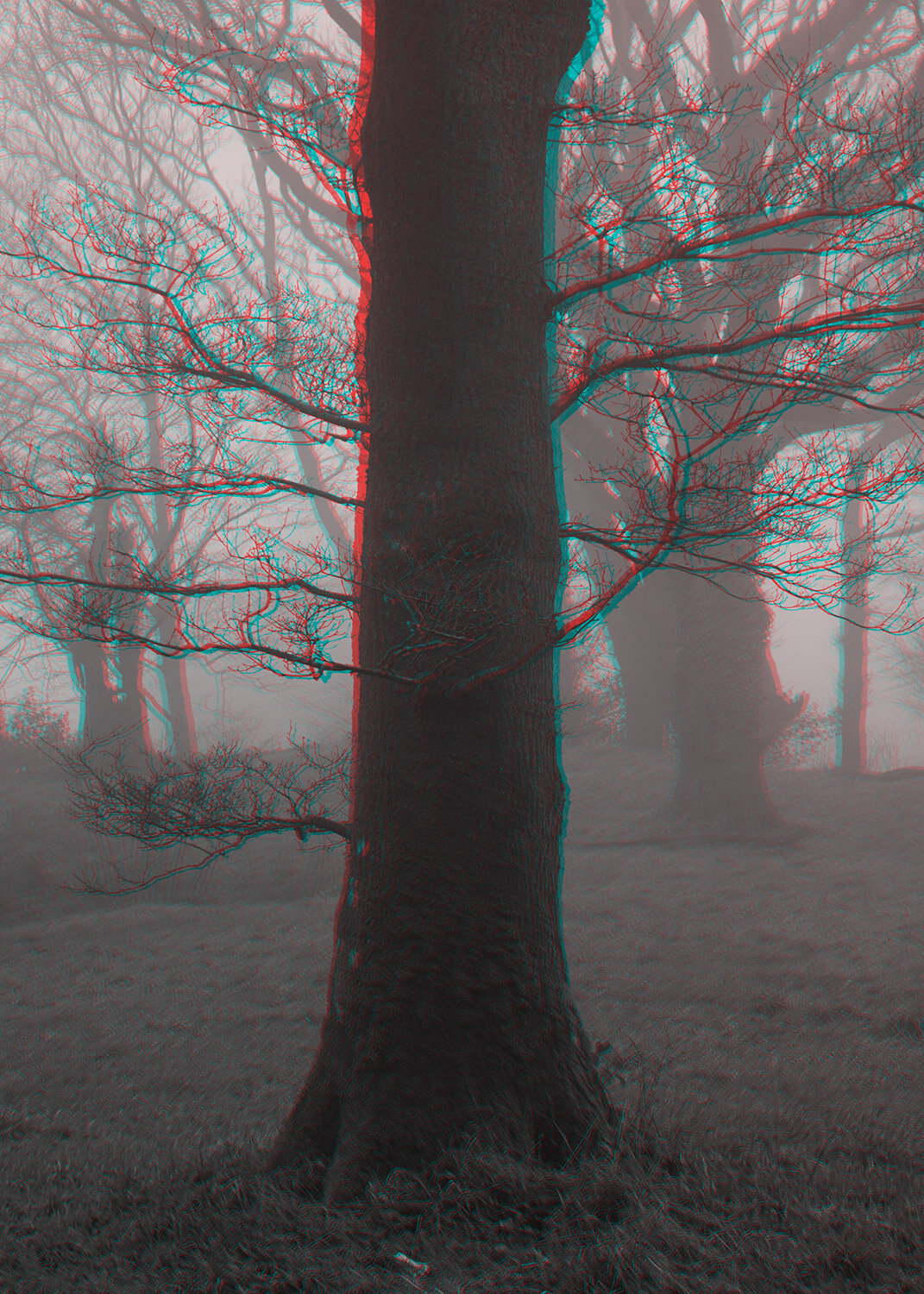A stereoscopic camera creation
I spend a lot of time messing around with cameras. Not everthing I do results in anything useful or leads to tangible results. However that is never really a concern. The process of learning new techniques and experimenting with new images is what most appeals to me about photography
One of those long running interests has been in stereoscopic 3D photography. That is the process of taking two near identical images of the same subject what when viewed together create the illusion of depth.
This is a well documented genre of photography and there is much information online about the different ways you can capture stereoscopic images. Broadly speaking there are two main methods. There are specialist stereo cameras, which mostly use film and were produced in times when 3D images were more popular and there are the DIY options involving duplicate cameras.
I decided to have a go at the later and bought two copies of the Canon Eos m. A camera that is both very small and very cheap, perfect for 3D work. There are however limitations with the DIY approach and that’s where my project comes in.
Building my own rig
The core concept behind most 3D rigs is very simple. You capture two images with a distance of separation equal to or greater than the distance between your own eyes, typically 6.5cm. This is of coarse an over simplification but I don’t want to get carried away with the technicals. This can be easily achieved in one of two ways. Either by shifting a single camera to take the two images or by using two identical cameras and triggering them at the same time to capture a stereo pair.
Both of these approaches have their limitations, which comes down to the speed and use of operation. With a single camera you ideally need a sturdy tripod and can’t allow for any movement between taking the two frames. The two camera solution is better but then becomes larger and more unwieldy. Also because of the physical dimensions of most cameras you have to shoot at distances greater than 6.5cm.
I wanted to build a camera that had a good separation between the two images but was also portable and quick to use. The results of which you can see here.
Here is my final design created in Tinkercad, A free 3D design software from Autodesk
This project was not only about improving my understanding of stereoscopy but it was also my first ever 3D printing project. I’m sure to anyone even remotely competent in CAD then this looks very basic but for me it has been a fantastic learning experience. I’m fully sold on the potential of 3D printing and I’ve already begun work on other 3d printing projects, some of which might appear on here in the future.
I created the case in Tinkercad a free CAD software from auto desk that is surprisingly intuitive to use. I have since moved on to more advanced software but for my first project it was sufficient for what I wanted to create.
The design you see here is very simple, it is merely a shell that holds the two cameras together and gives me a large grip with which to comfortably hold it. In the grip I made a shutter button that is wired to trigger the two cameras at the same time.
A carved head mounted on the church of St Mary in Somerset, captured in 3D anaglyph. Must be viewed with red cyan glasses.
My favourite method for viewing these images is by looking at the physical prints through a stereoscope. I find this gives the greatest 3D effect and maintains the original images colour and tone. A large part of the appeal of 3D for me, is that its still a medium best enjoyed in person. This does however present a problem when trying to share the work online. I have posted an example of what a stereo pair would look like from this camera setup but understand that only a tiny fraction of people will be able to view it. For that reason I have converted my images to 3D anaglyphs. If you would like to view theses images in 3D you will need a pair of red/cyan glasses. Again I appreciate this is still a small audience of people but for those 3D fans out there you can judge the efforts of my work.
A stereo Pair showing the church of St Mary.
An example image without 3D effect









